Rivaled only by the Kodiak brown bears native to southwestern Alaska, polar bears are classified as the largest land carnivores in the world and sit proudly at the top of the food chain with a vital role in their icy Arctic ecosystem.
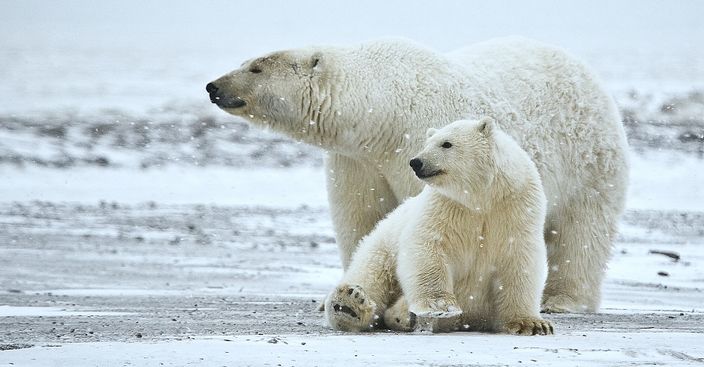
Known for literally being the “coolest” bears on Earth, polar bears are among the most iconic animals, showing up everywhere from soda commercials to documentaries and fantasy novels. As their popularity and vulnerability continue to climb, read on to learn some of the more lesser-known facts about polar bears.
Polar Bear HABITAT: WHERE DOES THE Polar Bear LIVE?
Native to the Arctic areas surrounding the North Pole, polar bears are mostly found in the northern regions of Canada, Alaska, Greenland, Russia, and Norway. Scientists have identified that polar bears are distributed in 19 populations in four distinctly different Arctic ice regions, but roughly 60 percent of the species inhabits Canada. Throughout the circumpolar Arctic region, polar bears make their homes along coastlines, on islands, and on floating sea ice.
Within the natural habit in the Arctic, polar bears are mostly around the edges of packed sea ice where the currents and wind meet. Since these areas are constantly melting and refreezing to make a complex design of ice patches with open spaces between, this is where polar bears have the best opportunities for catching their prey. As the sea ice advances and retreats with the seasonal changes, polar bears commonly travel thousands of miles yearly for food.
polar bear DIET: WHAT DOES THE polar bear EAT?
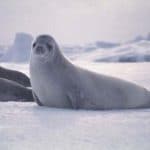
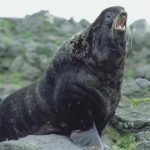

As the most carnivorous member of the bear family, the polar bear’s diet is mainly based on the consumption of large amounts of seal fat. Although they almost exclusively feed on ringed and bearded seals, some polar bears might also snack on walrus, beluga whale, and bowhead whale carcasses. Since less than two percent of their hunts are successful and food can be nearly impossible to come by at times, polar bears can survive up to four months through food-free seasons by depending on their yearly fat reserves.
POLAR BEAR PHYSICAL TRAITS
![Polar Bear (Sow), Near Kaktovik, Barter Island, Alaska By Alan Wilson - www.naturespicsonline.com:[1], CC BY-SA 3.0, https://commons.wikimedia.org/w/index.php?curid=11400244](jpg/polar_bear_-_alaska.jpg)
In comparison to the brown bear, polar bears have a more elongated body build with a longer nose and stockier long legs. While the ears and tail are very small, the feet are large to distribute their weight while walking on thin ice and the paw pads are superbly constructed with small dermal bumps for traction. As the largest living terrestrial predator, the polar bear reaches an average body mass of 849 to 904 pounds with a shoulder height of 4 feet and 4 inches tall. Named one of the most sexually dimorphic of mammals, the average females are considerably smaller at 330 to 550 pounds, but can weigh up to 1,100 pounds when pregnant.
Due to their icy habitat, polar bears possess a dense layer of body fat that can be up to 4.5 inches thick. With an insulating undercoat, the animals have a dense overcoat that is topped with guard hairs of various lengths. Despite popular belief, the polar bear is not actually white! Instead, the fur is pigment-free and transparent to reflect the sunlight that gives its white appearance. Under that shaggy and colorless coat, the polar bear’s skin is black to absorb heat for warmth.
Polar Bear BEHAVIOR
Dependent on stable pack ice in the Arctic regions of the globe, polar bears spend the majority of their time on the ice hunting, denning, and mating. Except during the breeding and rearing seasons, polar bears are mostly solitary creates that spend time wandering the ice as adults. Unlike other members of the bear family, males or non-breeding females do not spend the winters in hibernation and only pregnant females enter dens to raise their cubs.
Known for being exceptionally talented swimmers, polar bears have the ability to swim in open Arctic waters for up to 200 miles from shore. As fastidious cleaners, polar bears will spend time washing off after feeding and then rubbing their fur in the snow to shake off excess water. While they are stereotyped as being overly aggressive, polar bears are not territorial and rarely will attack unless hungry or provoked.
REPRODUCTION
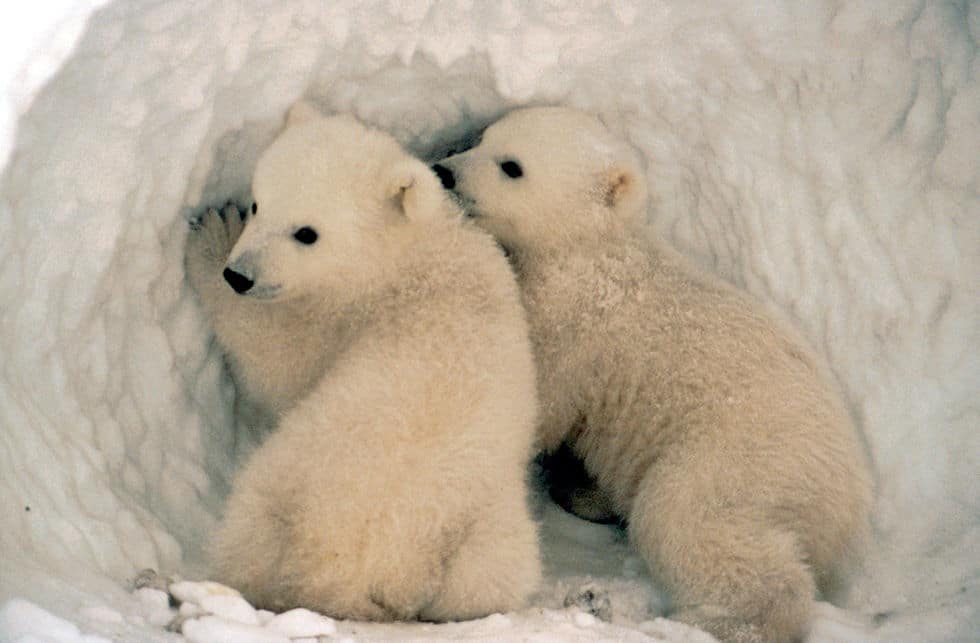
Although adult polar bears at four to six years old are solitary, they are not anti-social and males will begin to actively seek mating partners in the early spring by following their scent. In a behavior known as polygamy, polar bear couples are only together for about a week before separating in search for a new mate. Once new cubs have been brought into the world, the mother raises the cubs within a den by keeping them warm with body heat and milk. After leaving the den in the spring, the rapidly growing cubs stay with the mother for two years before the cycle begins again.
MATING SEASON
After a long harsh winter season, most polar bears begin mating in Late March until July and mothers seek out maternity dens in either October or November.
GESTATION PERIOD
After a delayed implantation in which the fertilized egg does not implant in the uterus until the following fall season, the gestational period lasts around eight months.
Typical Litter Size
While female polar bears can have litters ranging from one to four, most give birth to one or two 12-inch cubs that weigh just over one pound. With one of the lowest reproductive rates of any mammal on the planet, sows will typically produce five litters during their adult life.
POPULATION
According to the International Union for Conservation of Nature (IUCN), polar bears are currently occurring at low densities throughout their Arctic range. With population trends continuing to decrease, there are between 20,000 and 25,000 polar bears alive today.
Threats to Polar Bears

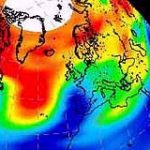

Today, the greatest threat to polar bears is the loss of their sea ice habitat due to the results of human-induced global warming. Since the animals depend on the sea ice to hunt, breed, and often den, polar bears are also at risk from water pollution, pesticide poisoning, hunting, and oil exploration leading to habitat destruction.
More INTERESTING Polar BEAR FACTS
- Swimming an average of six miles per hour, polar bears swim by using their large front paws to propel themselves through the water and their oar-like back legs to steer.
- With humans being the only predator of the polar bear, these animals possess so much strength that they can kill a seal with a single blow from their paw. In addition, polar bears have a keen sense of smell that allows them to detect seals up to a mile away.
- Since they are superbly insulated with up to 4.5 inches of blubber and dense fur, the polar bears can overheat at temperatures above 50 degrees Fahrenheit.









6 Responses
0.5
3.5
5
2
4
1.5